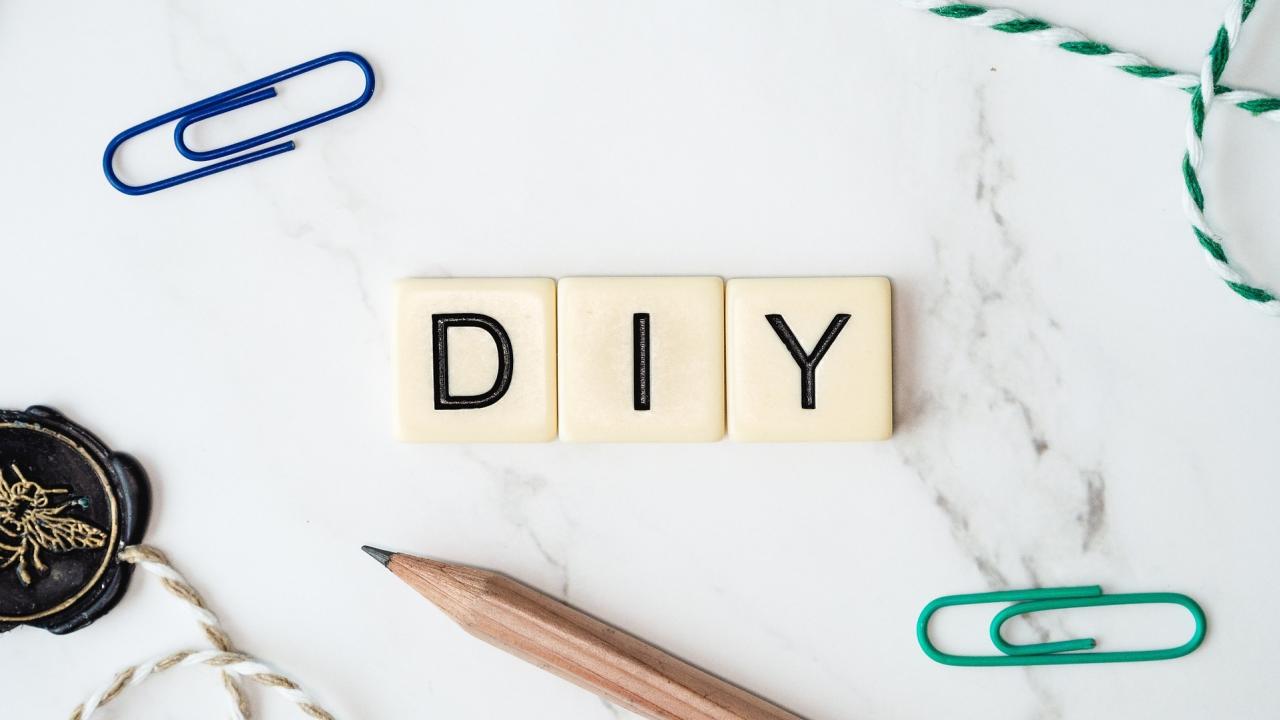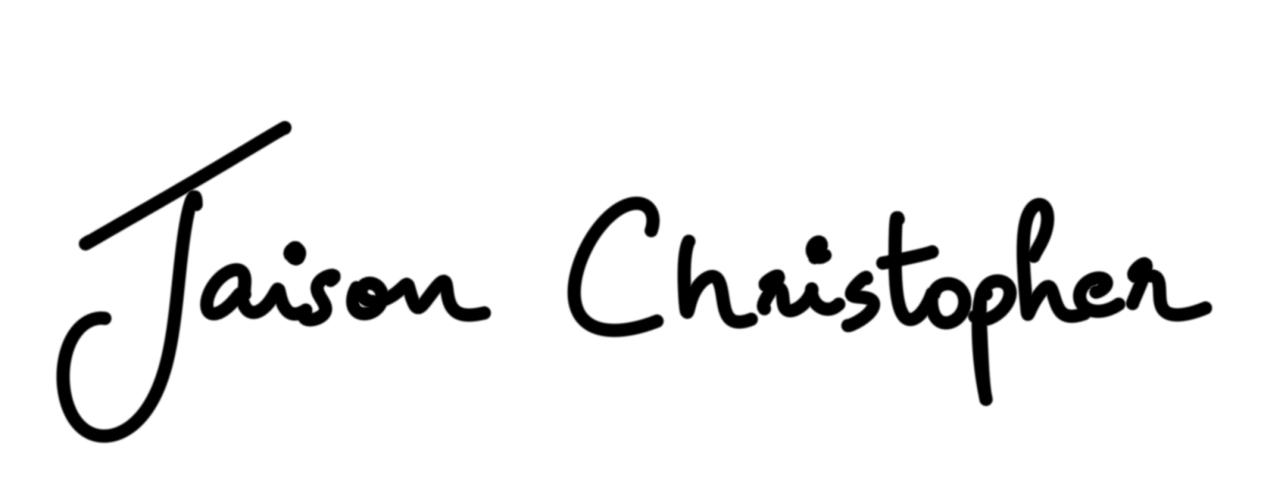In creating custom goods, entrepreneurs have two primary business models to pay attention to: partnering with POD services or making goods utilizing their own facilities. These are two significantly different approaches regarding investments, operational costs, quality control, responsibility, and growth. Each has its own pros and cons, and the optimal choice depends on your finances, goals, and comfort with risk. In this article, we’ll compare two methods and give you some clear insights on how to successfully build an optimal avenue for order fulfillment. But first, let’s figure out what a POD and DIY project is.
What is POD?
POD is an e-commerce business model that allows entrepreneurs to create customized printed goods on clients' demand. The process involves working with an intermediary service provider that customizes white-label products such as clothes, home decor, or accessories only after your online store receives a client’s order. Another company handles the production, packaging, and delivery, eliminating all storage issues and helping you prioritize other crucial tasks like promotion, diversifying the assortment, and improving customer engagement.
Pros of POD:
- Minimizes initial investments as you launch the printing after the client pays for an item
- Reduces operational expenses as you don’t store inventory
- Allows for testing new design ideas without the risk of overproduction
- Suits for utilizing a vast range of assortment as you can partner with various providers simultaneously
- Frees up time for valuable business activities because your POD service takes responsibility for fulfilling and delivering an order to the final destination
Possible challenges of POD:
- You lack supervision over quality, manufacturing, and shipping speed because another service performs these tasks instead of you
- Costs per item are higher than in do-it-yourself print, as you don’t benefit from discounts and wholesale prices on supplies
- Delivering packages individually is less cost-effective than making bulk sales when your company produces a certain amount of similar custom merchandise and merchandizes it to affiliates
What is DIY printing?
Unlike the POD model, DIY business is entirely handled in-house and requires significant preparation. Owners should think of a suitable production method to purchase all the necessary equipment (printers, cutters, heat machines, etc.) and reliable suppliers to power up their company with materials (usually, wholesalers offer more favorable prices and terms). Additionally, enterprisers should organize a comfortable workspace (at home or rented premises) and suitable storage with favorable conditions (temperature, humidity, etc.).
Do-it-yourself printing may become a thriving and lucrative sphere for those startupers who value responsibility and independence.
DIY benefits:
- Production costs may be reduced with volume growth, ensuring larger profits
- Entrepreneurs get complete control over the process, including customization and delivery, meeting unique customers’ needs
- Do-it-yourself printing services can optimize workflows according to the company’s goals, reaching higher efficiency
- Direct participation in order fulfillment guarantees better outcomes and improves product quality
Many startupers find making apparel one of the simplest ways to launch a POD business. We have some tips for those seeking information on how to print t-shirts at home. Read about the main customization methods and apply some practices from the world’s best providers. But first, get familiar with potential DIY challenges you may face in the waters of entrepreneurship:
- Significant initial investments in supplies, equipment, warehouses, and possible employees may become a crucial barrier for startupers
- The main focus is manufacturing, which may distract resources from other vital business tasks like promotion and customer service
- Additional investments are required when the organization is ready to develop and keep competitive advantages in the market
While the question of the best method to start your custom product sales is still open, let’s check both approaches using the following criteria.
Investments
Initial costs are the first consideration when selecting between a print on demand or do-it-yourself business model. Analyzing the pros and cons of POD, we can conclude that this method is much cheaper to begin your entrepreneurial journey than the DIY one.
When you work with a POD organization, you pay for order fulfillment, which includes the cost of a white-label item, customization, and a provider’s markup. But you don’t spend money from your own pocket. Instead, you transfer the client’s funds after they make an order.
In the startup stage, your expenses will include e-commerce platform charges, which may cost less than $50, depending on the website (or several ones) you choose. For example, Shopify allows enthusiasts to create an online store for free, pay $1 for the first month, and then switch to a suitable option depending on their business objectives, required features, and available budget. Currently, the Basic plan with a $32 monthly fee remains the most popular one for solo entrepreneurs. As your company grows, you may switch to more advanced subscriptions offering custom reports, B2B sales, additional markets, and more.
DIY screen print, unlike POD, needs a more significant upfront investment. You should buy printing machines, vinyl cutters, and heat presses. Plus, you need to create a stock of supplies, like white-label products for customization, ink, film, etc. Your expenses will also include warehouse rents, utilities, employees’ salaries, automated software implementation, and others. Generally, the startup cost of a DIY may reach $7200 - $60000, depending on the chosen equipment and production volumes.
If you are confident that the DIY print on t-shirts may become your lifework but need more money to launch a company, read our article on where to get investments. You’ll learn about federal government agencies like the SBA and private nonprofit organizations offering loans and grants to small business startupers.
Profit Ratio
When you plan to earn a passive income from POD, you should consider several fees that printing services incorporate for their goods. These are manufacturing, storing, branding (with your logo), and shipping costs. Additionally, POD companies add their own markups to the total expenses. In turn, you should also apply a percentage to the mentioned price, which will keep your business lucrative. Not surprisingly, such calculations increase the retail price of items in your online store, reducing competitive advantages at the same time. To achieve your net profit, you should lower the amount or offer one-of-a-kind stuff catering to the public, which will be ready to pay more for exceptional value.
On the other hand, do-it-yourself screen printing allows entrepreneurs to refrain from sharing revenue with a third-party POD provider. Additionally, they gain complete control over spending, determine the percentage of markups independently, and can apply more realistic prices to the product assortment without compromising quality. On average, POD businesses make about 20% margin (with certain items reaching <30%) while realizing your DIY POD ideas can benefit you twice or even more than POD.
Efficiency
Analyzing print on demand vs. do-it-yourself, it’s worth defining which model can give the same result with fewer resources needed. The POD option can help enterprises to develop faster, expand, and reach a global audience. It’s due to annihilating stock management with the risks of overproduction/understocking and the possibility to quickly adapt product listings following current market trends and changing consumers’ preferences. Working with a large POD provider owning a wide net of branches may ensure timely delivery and reduced costs for clients.
In turn, DIY fabric printing, with its high level of control over manufacturing, results in better efficiency if the business owner provides wise management. However, large funding may be required for equipment and staff, process optimization, and intelligent logistics. Further scaling directly depends on your company’s capacity and causes extra expenses, be it opening a new branch or introducing corporate software.
Business Management
If you decide to start a print on demand business in 2024 but doubt whether managing it is much easier than DIY, we can say it definitely is. POD dropshipping store workflow is pretty simple. You just add product listings available for customization, design mockups (you can do it on your own or hire a professional artist), and start accepting orders. Then, you redirect purchases to the chosen suppliers, wait while they fulfill them, and gain profit. Creating an online store also doesn’t take too much time because modern e-commerce platforms and marketplaces offer ready-made templates. You can customize webpages with personal logos and corporate colors, add free or paid themes, and introduce your brand and its philosophy in a few clicks. You’ll need to make some attempts to market your POD company. To increase website traffic, shop owners often use SEO optimization, social media advertisements and partner with well-known influencers to expand their clients’ base.
On the other hand, running a do-it-yourself t-shirt printing service requires more effort, knowledge, and skills. Entrepreneurs should learn how to provide DIY techniques correctly, operate the equipment and dedicated software, continuously control stocking and replenishing supplies. Moreover, no one else will accept and fulfill orders but you. With such a complex working schedule, you shouldn’t miss any purchases or allow delays. A reliable assistant like the automated Podza app can help you cope with an endless flow of customers’ queries from affiliate stores, systematize their fulfillment, and organize delivery tracking - all in a single, convenient dashboard. Here, you can also set a discount calculator, generate invoices, create artwork in a few clicks, and much more. Produce, ship, and fulfill orders painlessly, enhancing your efficiency and increasing revenue from screen print t-shirt DIY.




